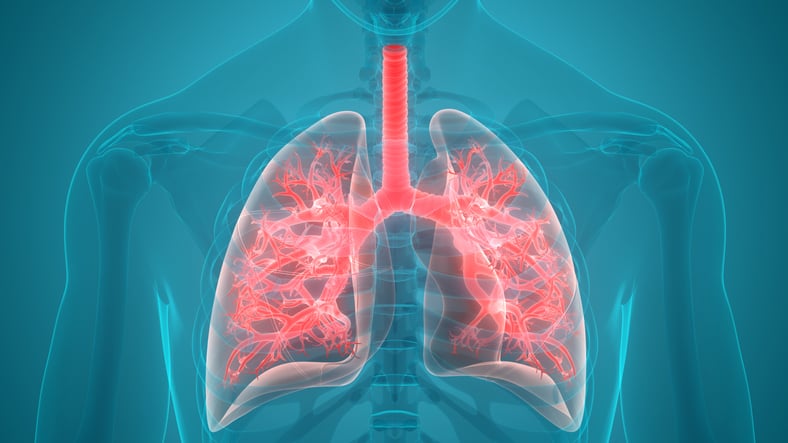Pseudomonas aeruginosa, an opportunistic Gram-negative bacterial pathogen, can overproduce an exopolysaccharide alginate resulting in a unique phenotype called mucoidy. Alginate is linked to chronic lung infections resulting in poor prognosis in patients with cystic fibrosis (CF). Understanding the pathways that regulate the production of alginate can aid in the development of novel therapeutic strategies targeting the alginate formation. Another disease-related phenotype is the small colony variant (SCV). SCV is due to the slow growth of bacteria and often associated with increased resistance to antimicrobials. In this paper, we first show a method of culturing a genetically defined form of P. aeruginosa SCV due to pyrimidine biosynthesis mutations. Supplementation of nitrogenous bases, uracil or cytosine, returns the normal growth to these mutants, demonstrating the presence of a salvage pathway that scavenges free bases from the environment. Next, we discuss two methods for the measurement of bacterial alginate. The first method relies on the hydrolysis of the polysaccharide to its uronic acid monomer followed by derivatization with a chromogenic reagent, carbazole, while the second method uses an ELISA based on a commercially available, alginate-specific mAb. Both methods require a standard curve for quantitation. We also show that the immunological method is specific for alginate quantification and may be used for the measurement of alginate in the clinical specimens.
Culture of Small Colony Variant of Pseudomonas aeruginosa and Quantitation of its Alginate.


